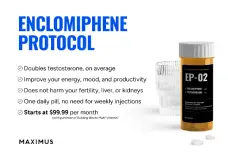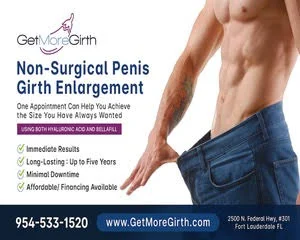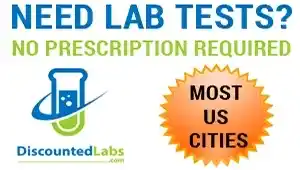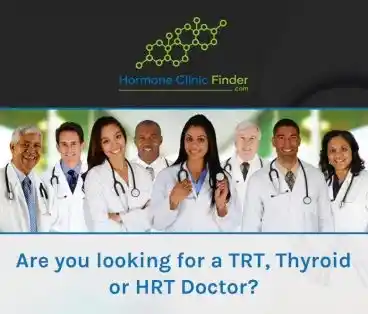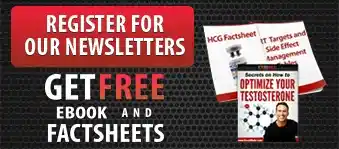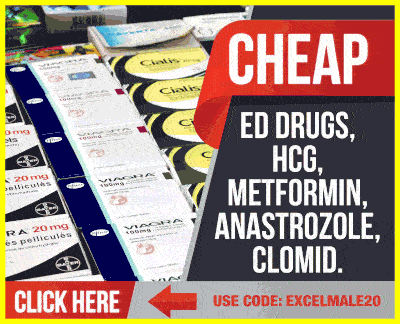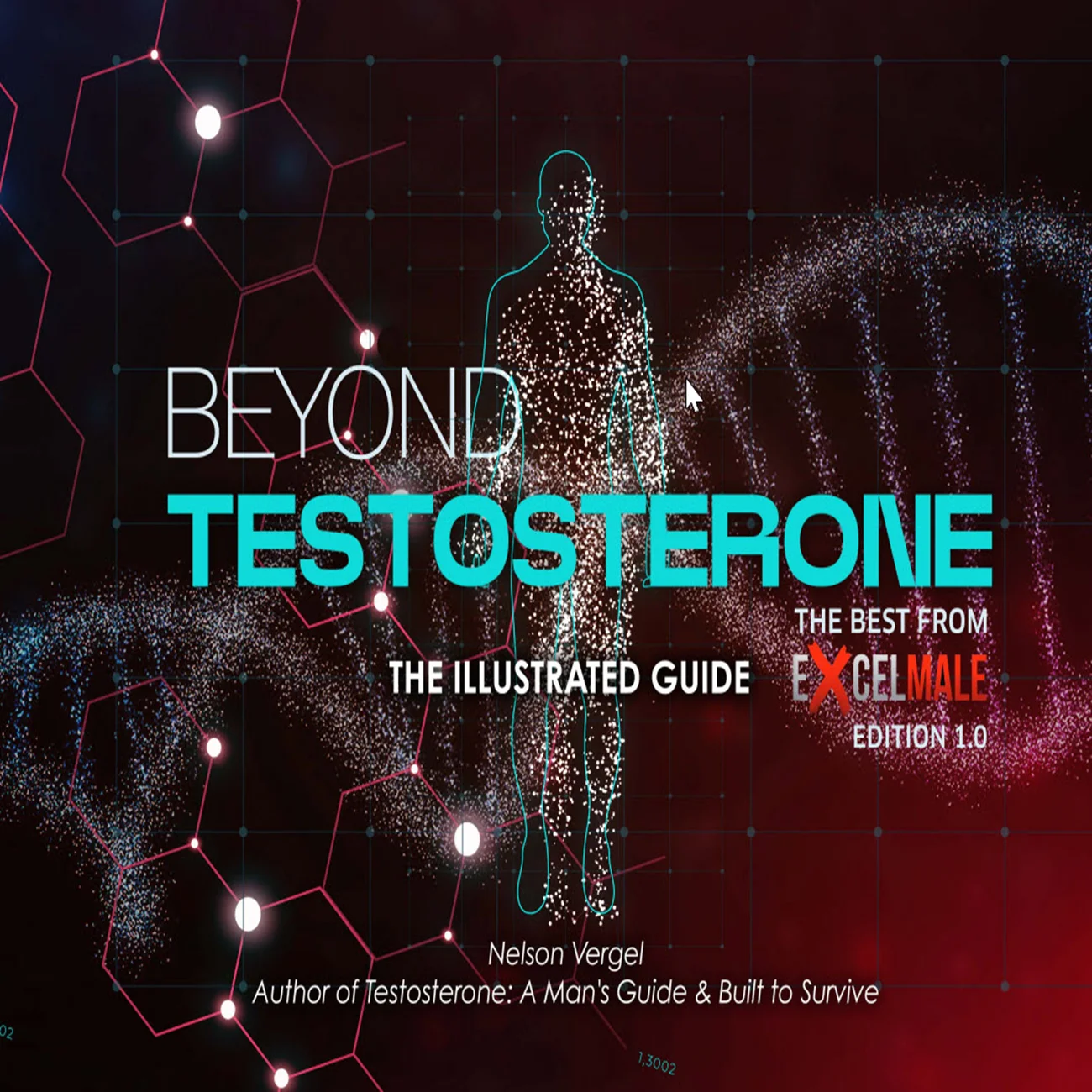Effects of Anabolic Steroids and Testosterone on Hormonal Function in Power Athletes
A study published in The Journal of Steroid Biochemistry (1985) investigated the effects of self-administered high doses of testosterone and anabolic steroids on testicular endocrine function and circulating steroid-binding proteins in power athletes. The research spanned a 26-week period of steroid use followed by a 16-week withdrawal phase, providing critical insights into the hormonal disruptions caused by these substances.1. Changes in Hormone Levels:
- During the steroid administration phase, serum testosterone and androstenedione levels significantly increased (p < 0.05).
- Conversely, concentrations of several testosterone precursors, including pregnenolone, 17-hydroxypregnenolone, dehydroepiandrosterone (DHEA), 5-androstene-3β,17β-diol, progesterone, and 17-hydroxyprogesterone, dropped dramatically (p < 0.001).
- After steroid withdrawal, some precursor hormone levels began to recover but remained disrupted for the duration of the follow-up period.
- Sex hormone-binding globulin (SHBG) levels decreased by 80–90% during steroid use and remained suppressed even after 16 weeks of discontinuation.
- Cortisol-binding globulin (CBG) levels were unaffected by steroid administration.
- The study found that circulating levels of dehydroepiandrosterone sulfate (DHEA-S) mirrored the changes observed in unconjugated DHEA, suggesting that anabolic steroids also suppress adrenal androgen production.
The self-administration of anabolic steroids and testosterone led to marked impairment in testicular endocrine function. This was evidenced by reduced concentrations of testosterone precursors and altered ratios between testosterone and its precursors. These disruptions highlight the negative feedback effects of exogenous androgen use on natural hormone production.
Persistent SHBG Suppression:
The significant and prolonged suppression of SHBG levels has important clinical implications. SHBG plays a crucial role in regulating the bioavailability of sex hormones, and its reduction could exacerbate hormonal imbalances even after discontinuing steroid use.
Adrenal Function Suppression:
The observed decreases in DHEA and DHEA-S levels point to an additional suppressive effect on adrenal androgen production. This suggests that the impact of anabolic steroids extends beyond the testes to other endocrine systems.
This study underscores the profound and lasting effects of anabolic steroid and testosterone self-administration on hormonal balance in power athletes. The findings reveal not only testicular dysfunction but also suppression of adrenal androgen production and persistent reductions in SHBG levels. These disruptions may have long-term consequences for endocrine health, even after cessation of steroid use.
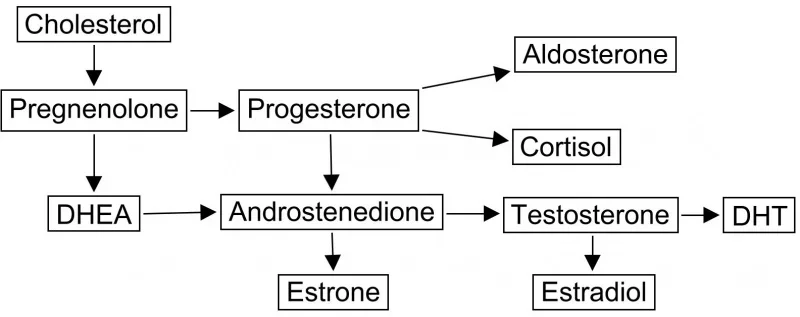
Response of serum testosterone and its precursor steroids, SHBG and CBG to anabolic steroid and testosterone self-administration in man.
Ruokonen A, et al. J Steroid Biochem. 1985.
Abstract
The influence of high doses of testosterone and anabolic steroids on testicular endocrine function and on circulating steroid binding proteins, sex hormone binding globulin (SHBG) and cortisol binding globulin (CBG), were investigated in power athletes for 26 weeks of steroid self-administration and for the following 16 weeks after drug withdrawal. Serum testosterone and androstenedione concentrations increased (P less than 0.05) but pregnenolone, 17-hydroxypregnenolone, dehydroepiandrosterone, 5-androstene-3 beta, 17 beta-diol, progesterone and 17-hydroxyprogesterone concentrations strongly decreased (P less than 0.001) during steroid administration. Serum pregnenolone, 17-hydroxypregnenolone and dehydroepiandrosterone sulphate concentrations followed the changes of the corresponding unconjugated steroids but 5-androstene-3 beta, 17 beta-diol and testosterone sulphate concentrations remained unchanged during the follow-up time. During drug administration SHBG concentrations decreased by about 80 to 90% and remained low even for the 16 weeks following steroid withdrawal. Steroid administration had no influence on serum CBG concentrations. In conclusion, self-administration of testosterone and anabolic steroids soon led to impairment of testicular endocrine function which was characterized by low concentrations of testosterone precursors, high ratios of testosterone to its precursor steroids and low SHBG concentrations. Decreased concentrations of SHBG and testicular steroids were still partly evident during the 16 weeks after drug withdrawal. The depressed circulating levels of dehydroepiandrosterone and its sulphate may indicate that the androgenic-anabolic steroids also suppress adrenal androgen production.
Last edited:





